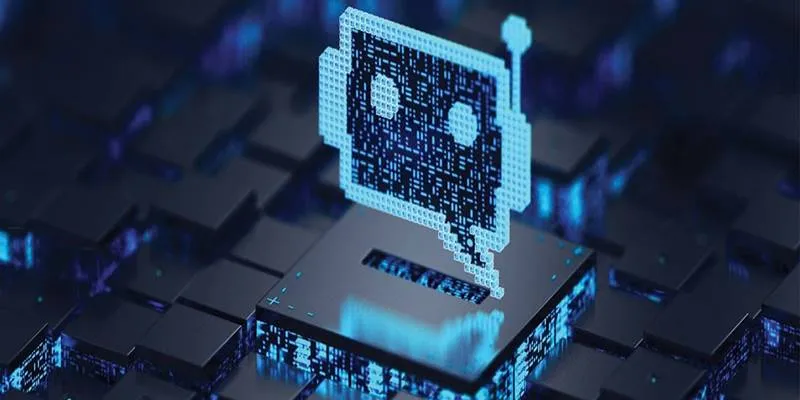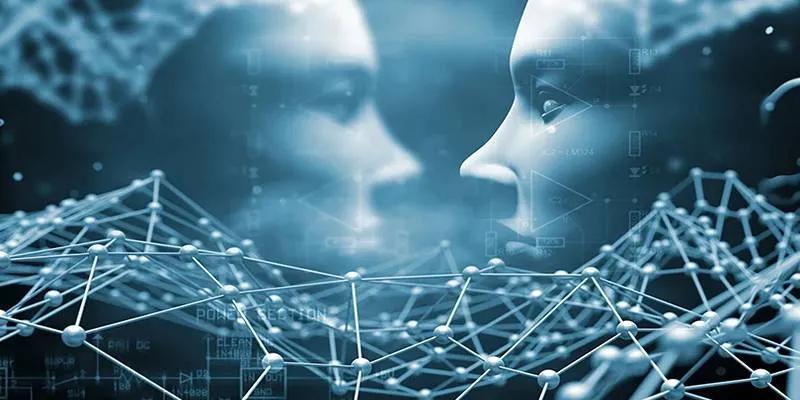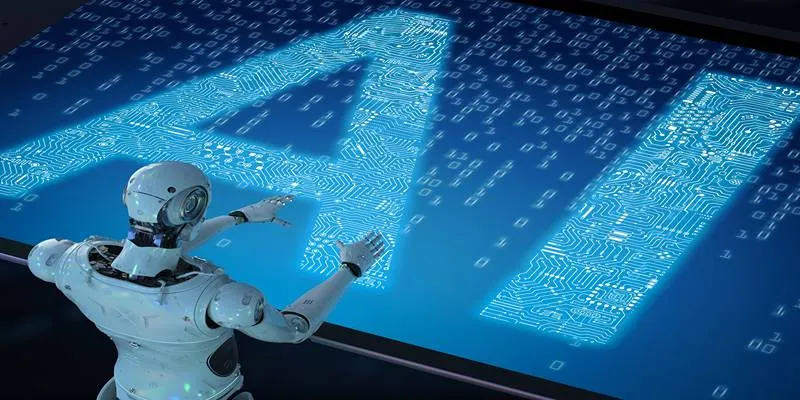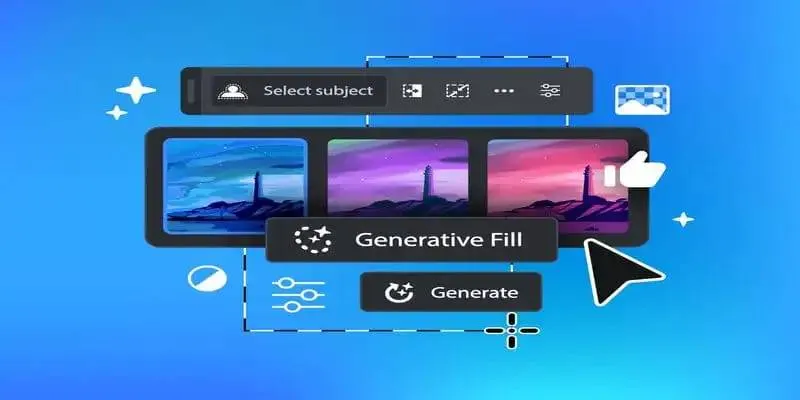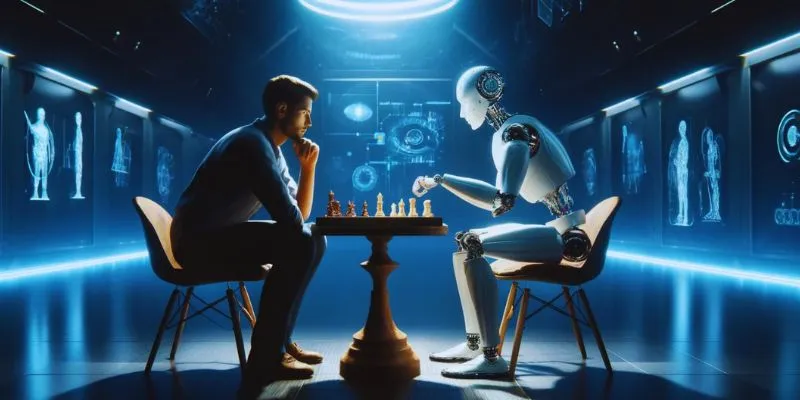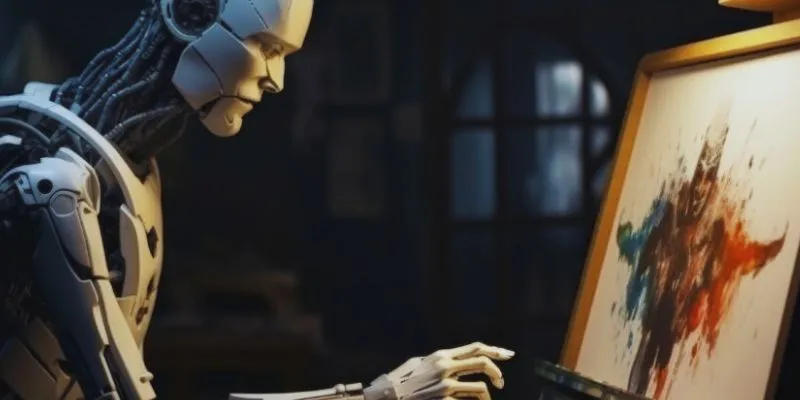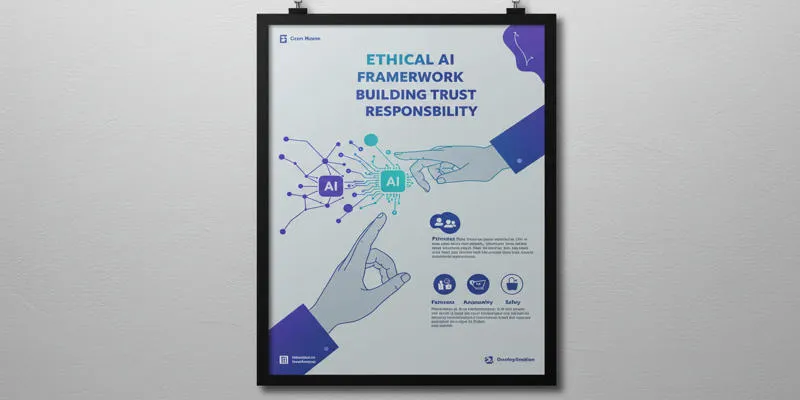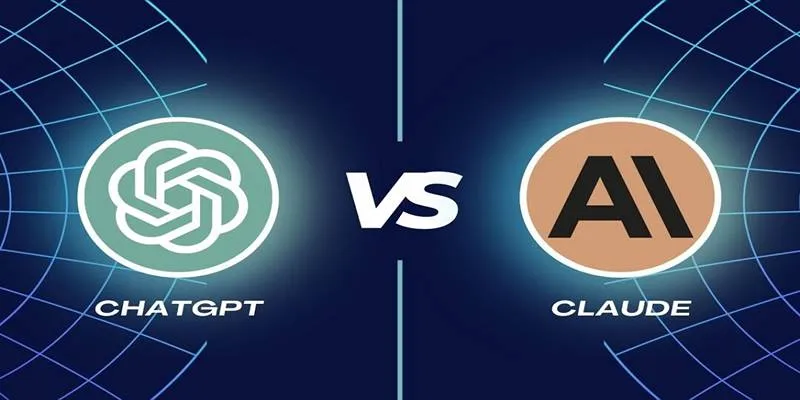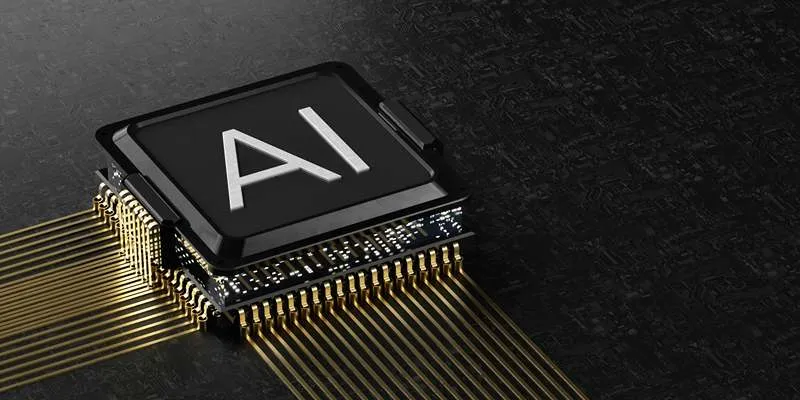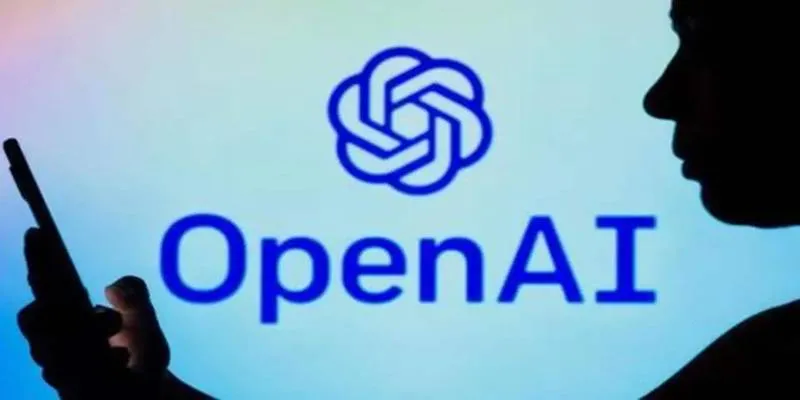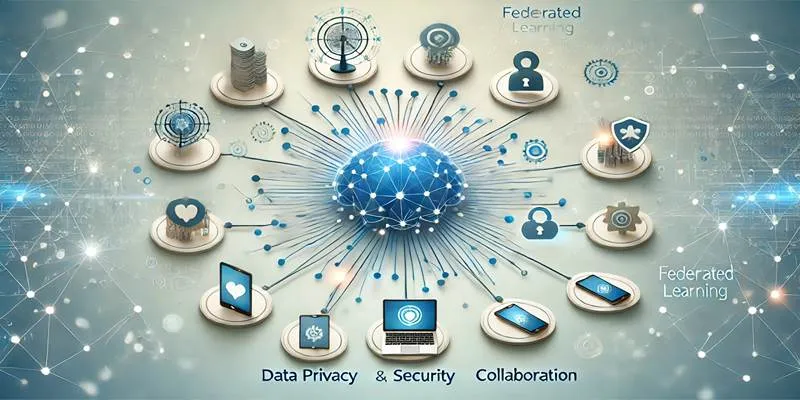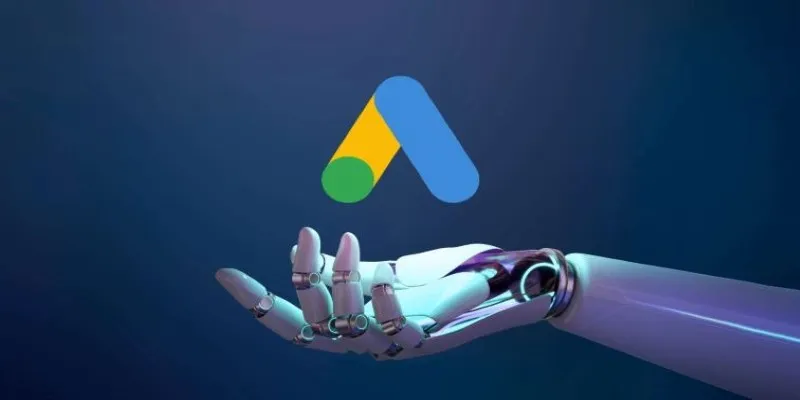Games have always been a deeply personal experience. Whether it’s an unforgettable single-player journey or a thrilling multiplayer session, games reflect the creativity and labor of their creators. But with AI stepping in as a co-creator—or even taking the lead—that connection is evolving. What happens when a game is no longer crafted by human hands but generated by algorithms? The answer is complex and fascinating.
The Role of AI in Game Development
AI doesn’t write stories or design levels with personal intent. Instead, it works from patterns, inputs, and instructions. Yet, the games it produces are increasingly sophisticated. Developers are leveraging AI to create environments, place challenges, and design character behaviors. This shift broadens who can create games. Those with strong ideas but limited coding skills can now produce playable prototypes using AI systems. This evolution not only lowers entry barriers but reshapes them, offering fresh voices and diverse storytelling. However, there’s a concern whether the content remains meaningful or becomes homogenized.
The Speed of AI in Game Development
AI operates at remarkable speeds, far outpacing traditional development cycles. While a game might take years to develop traditionally, AI tools can design, prototype, and test in much less time. This rapid pace raises questions about longevity and player engagement.

The industry might lean toward quantity over quality due to oversaturation. Fast development can create pressure, especially for big studios competing with nimble AI-aided indies. Ironically, AI was meant to ease development, yet it may heighten competition and deadlines.
AI and Procedural Generation
AI’s potential shines in procedural generation, a concept present in games like Minecraft and No Man’s Sky. Modern AI systems can now create entire worlds with dynamic storylines and character arcs that adapt to player interactions. This adaptive gameplay sounds ideal—a game that evolves with your playstyle. However, human-designed games often include deliberate pacing and emotional depth that AI might miss without extensive training.
AI-generated designs risk feeling devoid of intent. When everything is reactive, nothing feels permanent. For many, the permanence—the sense that choices matter and the world is crafted with intent—makes a game vibrant.
Rising Player Expectations
As AI-generated games become commonplace, player expectations evolve. Games that adapt to your mood, characters that learn from you, and puzzles that are never the same aren’t just futuristic concepts—they’re emerging realities today.

However, expectations can backfire. Traditional games might feel static, pressuring developers to adopt AI, even if they prefer not to. Not every studio is eager to train models or rely on algorithms. Yet audience demands might leave them no choice. Additionally, as AI-generated games proliferate, players might seek simpler, more grounded experiences, ironically turning to handcrafted games for authenticity.
Final Thoughts
AI is undeniably reshaping game creation, unlocking new possibilities while introducing new challenges. The allure of a self-generating game is strong, but the emotional and meaningful aspects still stem from human creativity. If the industry can harness AI without losing the human touch, it may lead to unprecedented creative freedom. However, if speed, quantity, and automation take precedence, we risk losing something invaluable. As we stand on the brink of this transformation, the future depends on how developers choose to integrate this technology.
 zfn9
zfn9
